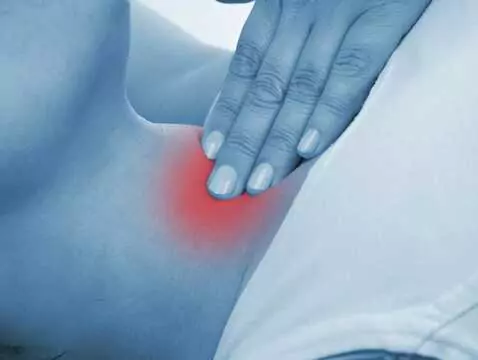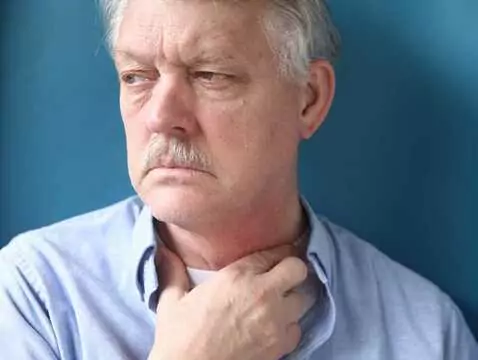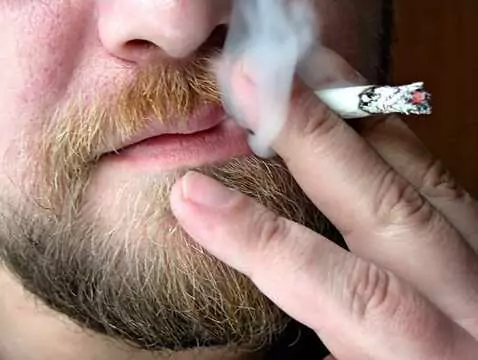A foreign body in the airway is a dangerous problem, as it can lead to irreversible changes as well as being the cause of death. Most often, this problem affects childhood, but it also occurs in adults. In diagnosis, the patient's history is crucial, followed by a physical examination or additional imaging tests to confirm the diagnosis and locate the foreign body. Bronchoscopy is the standard for removing the obstruction, but when it is not feasible, surgical intervention and tracheotomy become necessary.
The proportion of the size of the object found in the airways, in relation to the width of the lumen, also produces specific symptoms and is therefore of great diagnostic importance.
The X-ray, however, is an examination that also does not give 100% certainty to exclude the presence of a foreign body, as in the image obtained, in 30% of cases, no changes are observed. It is therefore necessary to take further diagnostic steps to exclude. For this purpose, computed tomography imaging is used, which allows the image of the entire respiratory system to be reconstructed.
Effects of foreign body retention in the airways
When the presence of a foreign body in the airway is detected quickly and the object itself is removed just as quickly, full recovery and avoidance of irreversible changes is almost certain. In cases where retention time is prolonged, mucus accumulation occurs as a result of disruption of the mucous membranes lining the respiratory system. The accumulation of bacteria can then become the cause of recurrent respiratory infections, which the patient may struggle with once the obstruction is removed. From a logical point of view, the longer the duration of foreign body retention, the more serious the complications and complications. This is because scarring, bronchial dilatation, abscesses and even cirrhosis of the lungs may occur. The vast majority of foreign bodies of organic origin cause pulmonary complications associated with infections and infestations, due to the putrefactive processes that the obstruction undergoes before it is removed. With foreign bodies of inorganic origin, complications related to respiratory anatomy are much more common.

photo: shutterstock
Treatment
The treatment for a foreign body lodged in the airways is to remove it. Bronchoscopy, performed under general anaesthesia, is used for this purpose. Due to developments in both endoscopic techniques (of which bronchoscopy is one) and the development of anaesthesiology itself, there has been a marked decrease in post-operative complications associated with the removal of foreign bodies from the airways. The standard in this type of procedure is the use of a rigid bronchoscope, but if the case requires it, it is possible to use a fibreopronchoscope or a soft bronchoscope.
As a last resort, in situations where it is not possible to remove foreign bodies from the airway with a bronchoscope, surgical intervention or tracheotomy is used. [1]
It is also important to note that after removal of the foreign body from the airway, a repeat, follow-up bronchoscopy is required to ascertain the patency of the airway and to check the extent of the lesions that have occurred. [2]









